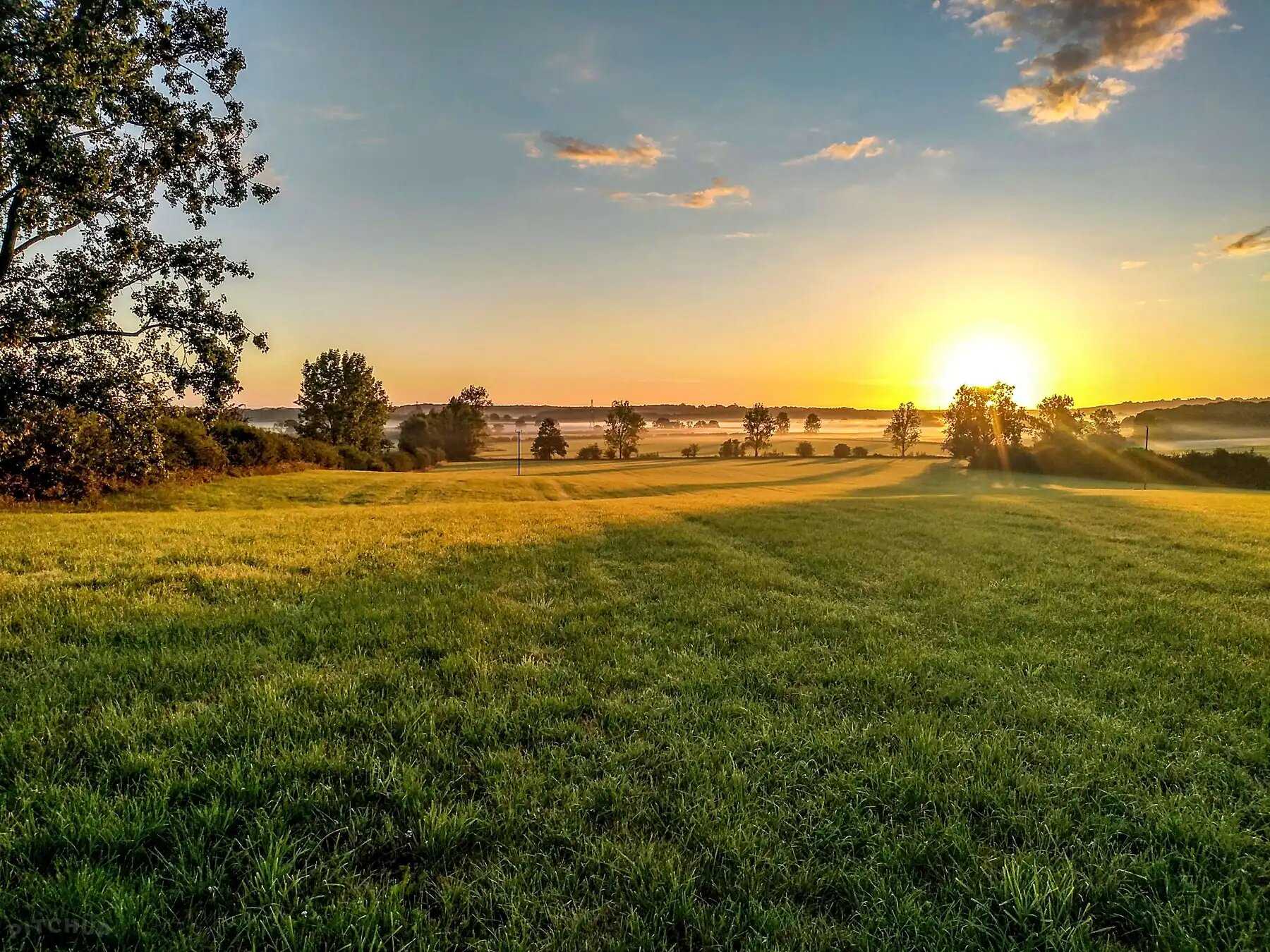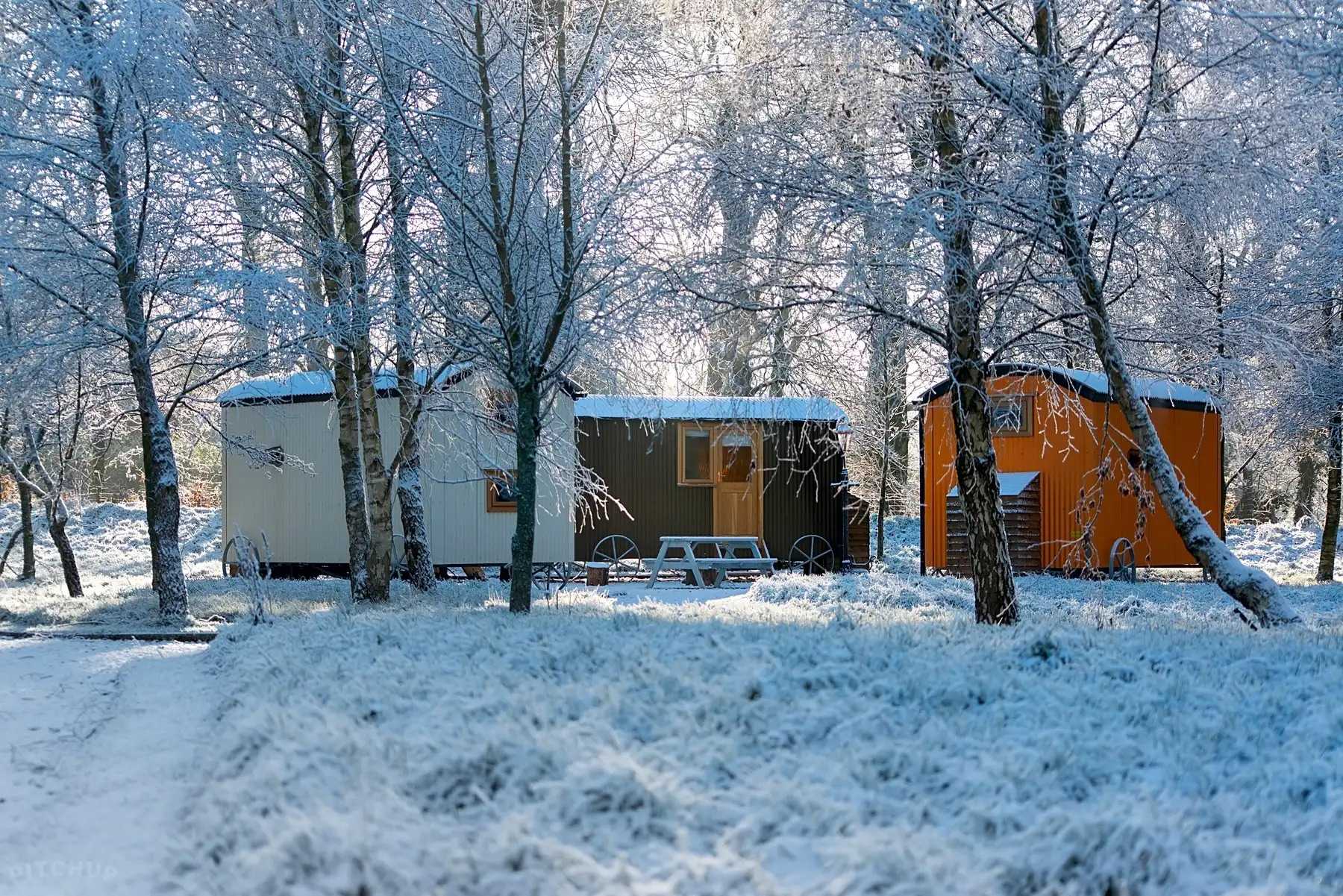When should you open your campsite?

When you’re running a campsite or outdoor accommodation site, deciding how long to open for – and at what times – is an important part of creating a successful business. You don’t want to waste money on staffing and energy for an empty site, but you also don’t want to miss out on customers.
So when should you have your campsite open? There’s no set answer to this question, as individual circumstances will change from business to business. Although unable to give specific dates, in this article the camping experts at Pitchup outline some of the factors you should take into account when deciding on your campsite opening dates.
Peak periods for camping in the UK are typically in the summer months and school holidays, and around bank holidays; bear in mind that school and bank holidays can be different around the UK, and special events (such as nearby festivals or other events) will affect demand too. It’s also worth remembering that some campers (such as those seeking peaceful wilderness experiences) will be keen to avoid those busy times.
The kind of accommodation you’re offering will obviously have an effect on how long you can realistically stay open and expect good numbers of guests – tent pitches have the shortest season, while fixed accommodation like lodges and cabins tends to welcome guests for longer seasons.
Don’t forget that in this article we’re talking about the dates that you’re open for arrivals, not when you should start taking bookings – opening your bookings for peak arrival dates as early as possible gives you the best chance of maximising your guest numbers.
Summer
Unsurprisingly, the summer months of June, July and August are the most popular periods for camping holidays. Pitchup’s booking data for 2022 shows that approximately 68% of its annual total of holidaymakers had their UK stays within this period, with a peak on 27 August 2022 (the late summer bank holiday weekend), when more than 105,000 were enjoying a UK outdoor stay booked through Pitchup.
A brief look at the line graph of annual trends below shows this most clearly – aside from a strong peak on 3 June 2022 (the Platinum Jubilee weekend), the popularity of camping in the UK grows through the summer season, with peak guest numbers generally growing with successive weekends.

A similar pattern can be seen on the Google Trends graph below, which shows for searches for ‘camping’ by users in the UK – this suggests that customers are often still looking for breaks within the summer months, and may well look to see what the weather’s doing before booking a last-minute trip. Short-notice bookings are very common for outdoor breaks, with 44% of Pitchup’s bookings being made within 10 days of arrival. (That said, a third of the company’s bookings have a lead time of over a month, and internet searches can be as much about inspiration as booking intention, with people thinking about where they might travel over the following year.)

This trend is particularly worth noting if you’re operating under 28-day permitted development rights (which allow a landowner to use their land for tent camping without planning permission for no more than 28 days in total in any calendar year in the UK – although there are proposals to extend this allowance in England and Wales). If you’re thinking of just cherry-picking those lucrative weekends though, there’s a catch: those 28 days start as soon as you bring moveable structures (such as portable toilets or showers) onto your land, so if you want to split the time up you’ll need to remove them all between opening dates.
Spring
Although not as busy as the summer months, the spring season (from Easter onwards into April and May) is another popular time for UK camping trips, with customers keen to get outdoors after a winter cooped up inside. Spring walks are particularly fine, with lambs in the fields and woodlands bursting with bluebells – and the prevalence of bank holidays around this time also means that guests are able to take a break without needing to use up annual leave.
The success of a spring camping trip partly depends on the weather, so it can be a bit of a gamble to have your site open at this time. It’s certainly one that can pay off, though – especially if a patch of warm weather looms and guests look to find short-notice getaways.
Spring camping breaks were particularly popular in 2021, with Covid restrictions favouring outdoor stays over hotel holidays. However, it seems this wasn’t a false peak, as spring arrivals increased by 43% in 2022, potentially due to people searching for cheaper off-peak breaks.
Welcoming customers to your site early on in the year also opens up the possibility of them becoming repeat guests later on in the year – particularly if they live relatively nearby.
Autumn
Although interest in camping starts to decline after the peak summer months, many campsite owners keep their sites open during this time, attracting those customers that appreciate the lower cost and more peaceful experience of an off-peak break. The beautiful colours of the countryside in autumn are a big draw for campers, as is the chance to travel at a time when there are likely to be fewer crowds around.
Staying open to attract these customers is a popular move – in fact, Pitchup had 28% more sites live in November 2022 than in 2021 (well above the average increase across the year, which was 19%). Customers travelling in the quieter autumn months often report appreciating the extra space available during this time and the chance to chat with their hosts – so if you’re able to open during this time you may have the opportunity to build customer relationships and/or pick up good reviews.
Again, the weather can play a part here, with a warm September encouraging guests to squeeze the most out of the last drops of summer sun. Linked to this is a strong demand for autumn glamping breaks, with customers looking for a more luxurious outdoor break that’s less likely to be affected by the autumn weather. If you’re a campsite owner with glamping accommodation (such as camping pods, yurts or lodges), it may well be a good investment to have your site open in autumn whether or not you decide to keep the tent pitches open.
Winter
It’s tempting to think of winter as a completely ‘dead’ season when it comes to camping, so you may be surprised to hear that in fact there are still customers out there – and plenty of them. In fact, Pitchup’s most recent data shows that winter camping/glamping breaks for 2022-23 were up 146% compared to the same period in 2019-20.
The peak date for winter arrivals is 31st December, with growing numbers of people choosing to see in the new year outdoors, and a further peak can be seen around the February half term. Glamping units, static caravans and lodges or log cabins are particularly popular during this time, as people seek a mix of fresh air and weatherproof accommodation.
Keeping your site open during winter has several advantages, not least the fact that many of your competitors are likely to be closed, giving you a better chance of attracting customers. It also avoids the need to ‘mothball’ your site and facilities, and allows you to retain staff rather than having to recruit a new team each season.

Year-round opening
In many ways, the easiest answer to the question of when to have your campsite open is ‘all the time’. Around 30% of UK locations listed on Pitchup are open all year round, and the rise of customers using the ‘all year round’ filter on the website (17% higher in 2022 than 2021) suggests that the trend for finding cheaper off-peak breaks is likely to stay strong.
If you do go for this option, there are a few factors to bear in mind – most importantly ensuring that you are legally allowed to do so (check out our page on how to open a campsite for some advice on the various planning permission and licence options). Bear in mind that you may also need to be prepared to keep facilities open for only a small number of guests – and soak up any extra related costs such as increased demand for heating and lighting.
Make sure you also keep potential guests informed of any scheduled winter maintenance work on your facilities or other seasonal closures (such as a restaurant or swimming pool); advice on which local attractions and services are likely to be closed or have restricted opening times is likely to be appreciated too.
Decision time
The outdoor holiday boom of recent years shows no sign of diminishing – gone are the days of the 1980s when the camping/outdoor accommodation season ran only from the May bank holiday through to the end of the school summer holidays. The rise of glamping and motorhomes, in particular, has led to strong growth throughout the year.
All of this means that there’s no ‘one-size-fits-all’ answer to the question of when you should have your campsite open. You’ll need to take into account your location, accommodation type and facilities (as well as any legal rules) to find the schedule that works for your individual site. Looking up your location and accommodation type on pitchup.com will also give you some insight into what other campsite and fixed accommodation providers are doing.
Once you’ve decided on your campsite opening dates, log in to your Pitchup account to set your dates. Not listed yet? Join today and start attracting customers to your campsite.

